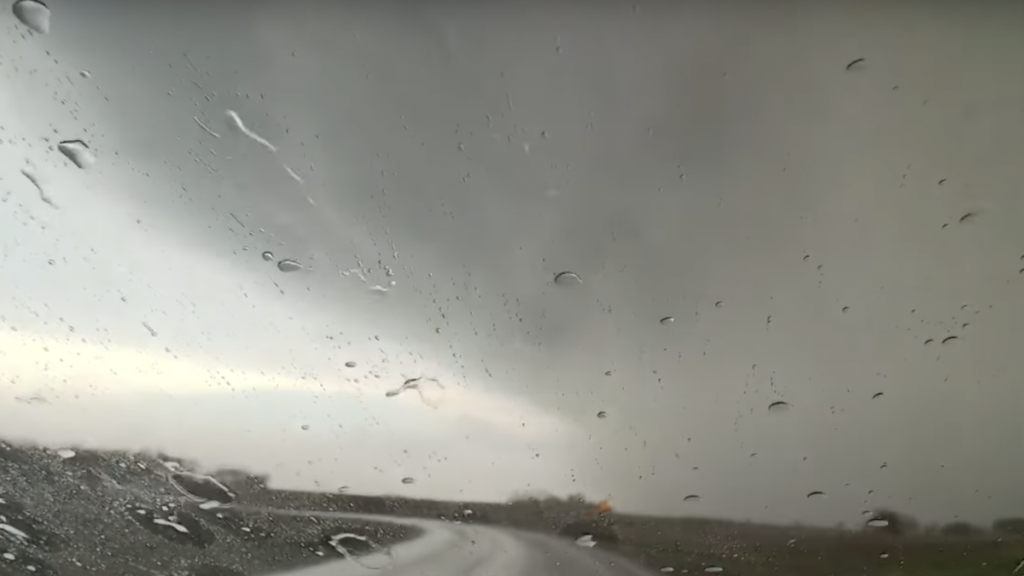Cloud Seeding Misinformation Fuels Conspiracy Theories After Texas Floods
The catastrophic flooding in Texas that claimed 132 lives and left 166 missing in July 2025 has tragically become a breeding ground for unsubstantiated claims about “cloud seeding.” While the disaster rightly focused attention on critical issues like weather warnings, emergency alert systems, and climate change’s influence on extreme weather, it also, unfortunately, amplified existing conspiracy theories about weather manipulation. These baseless allegations, often promoted by figures like Georgia Representative Marjorie Taylor Greene, ignore established meteorology and the science of cloud seeding, which clearly point to natural weather patterns and geographic factors as the true culprits behind the devastating outcome.
Cloud seeding, a technique used in some regions to enhance precipitation, involves introducing substances like silver iodide or dry ice into existing clouds. These substances act as condensation nuclei, providing surfaces for water vapor to condense and potentially form rain. While cloud seeding can marginally increase rainfall under specific conditions, its effectiveness is limited and highly dependent on pre-existing cloud formations capable of producing rain. It’s crucial to understand that cloud seeding cannot conjure rain from clear skies or manipulate severe storms or hurricanes. The persistent conflation of contrails – mere water vapor condensation from airplane engines – with cloud seeding further underscores the misunderstanding surrounding this technology.
Contrary to the misinformation circulating, cloud seeding played no role in the Texas floods. Experts, including meteorologist James Spann, confirm that cloud seeding can only augment rainfall from existing clouds by up to 20%, far from the torrential downpours that inundated Texas. The floods resulted from a stalled weather system, fueled by moisture from Tropical Storm Barry and Gulf air, combined with the Texas Hill Country’s topography, which is notorious for flash floods. This unfortunate convergence of natural events, not human intervention, led to the disaster.
The use of cloud seeding in the United States is limited to nine states, primarily in the West, and it is subject to varying regulations. Minnesota, for instance, repealed its cloud seeding licensing requirements in 1999 due to lack of demand. However, the recent resurgence of “chemtrail” conspiracy theories, which falsely allege that airplane contrails contain harmful chemicals, has prompted some misguided legislative efforts. In Minnesota, a Republican-sponsored bill attempted to ban “harmful atmospheric activity,” including cloud seeding, based on these unfounded fears. Although this bill failed, it highlights the persistent challenge of combating misinformation, even in legislative arenas.
While cloud seeding has been studied extensively, findings from organizations like the North American Weather Modification Council and the Government Accountability Office consistently demonstrate no environmental or health hazards from silver iodide, the primary agent used in the process. Nevertheless, the long-term effects of more widespread silver iodide use remain under investigation. NOAA, the National Oceanic and Atmospheric Administration, unequivocally denies any involvement in weather modification activities and emphasizes its role in observing and predicting Earth’s systems, not manipulating them. NOAA’s mandate includes tracking weather modification initiatives by others, like cloud seeding, but it has no regulatory authority over such activities.
Adding to the confusion, a cloud seeding operation conducted by Rainmaker Technology two days before the Texas floods, about 100 miles southeast of the disaster zone, became another focal point for misinformation. Rainmaker CEO August Doricko clarified that the 20-minute operation, which dispersed a small amount of silver iodide, could not have caused the trillions of gallons of precipitation that deluged the region. The sheer scale of the flooding dwarfed the potential impact of any cloud seeding operation. This incident unfortunately demonstrates how even legitimate weather modification activities can be misconstrued and exploited to fuel conspiracy theories in the wake of natural disasters.
This phenomenon of blaming cloud seeding for extreme weather events isn’t new. Following the devastating 1972 Rapid City, South Dakota, flood, similar unfounded accusations emerged. Despite coinciding with cloud seeding experiments, scientific reviews definitively concluded that the flood resulted from natural meteorological conditions beyond human control. The tendency to seek explanations beyond natural causes, particularly in the face of tragic and incomprehensible events, underscores the need for accurate information and critical thinking to counter the spread of misinformation and conspiracy theories. The Texas floods serve as a stark reminder of the power of natural weather patterns and the importance of relying on scientific evidence, not unfounded speculation, to understand and address these devastating events.


